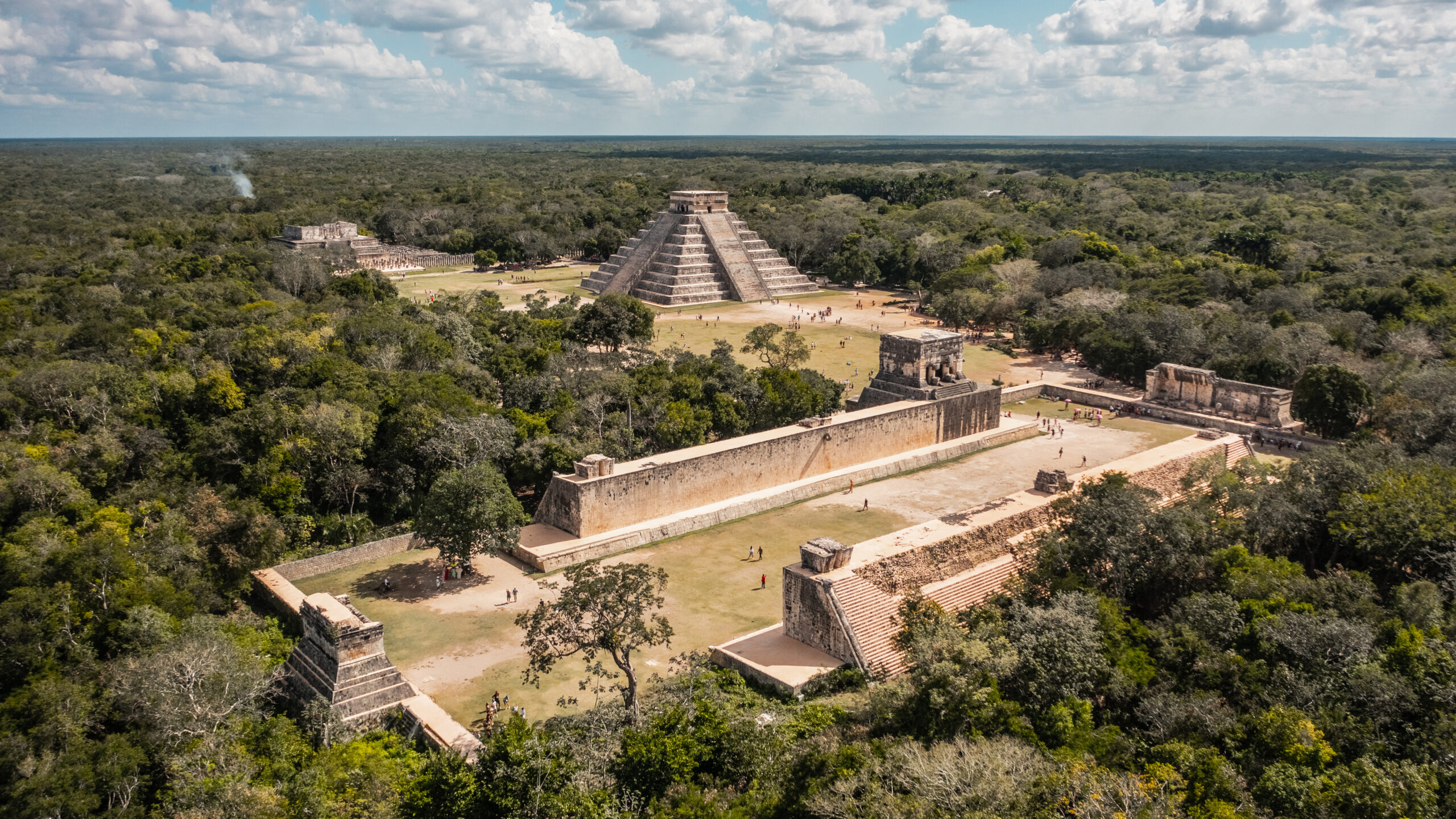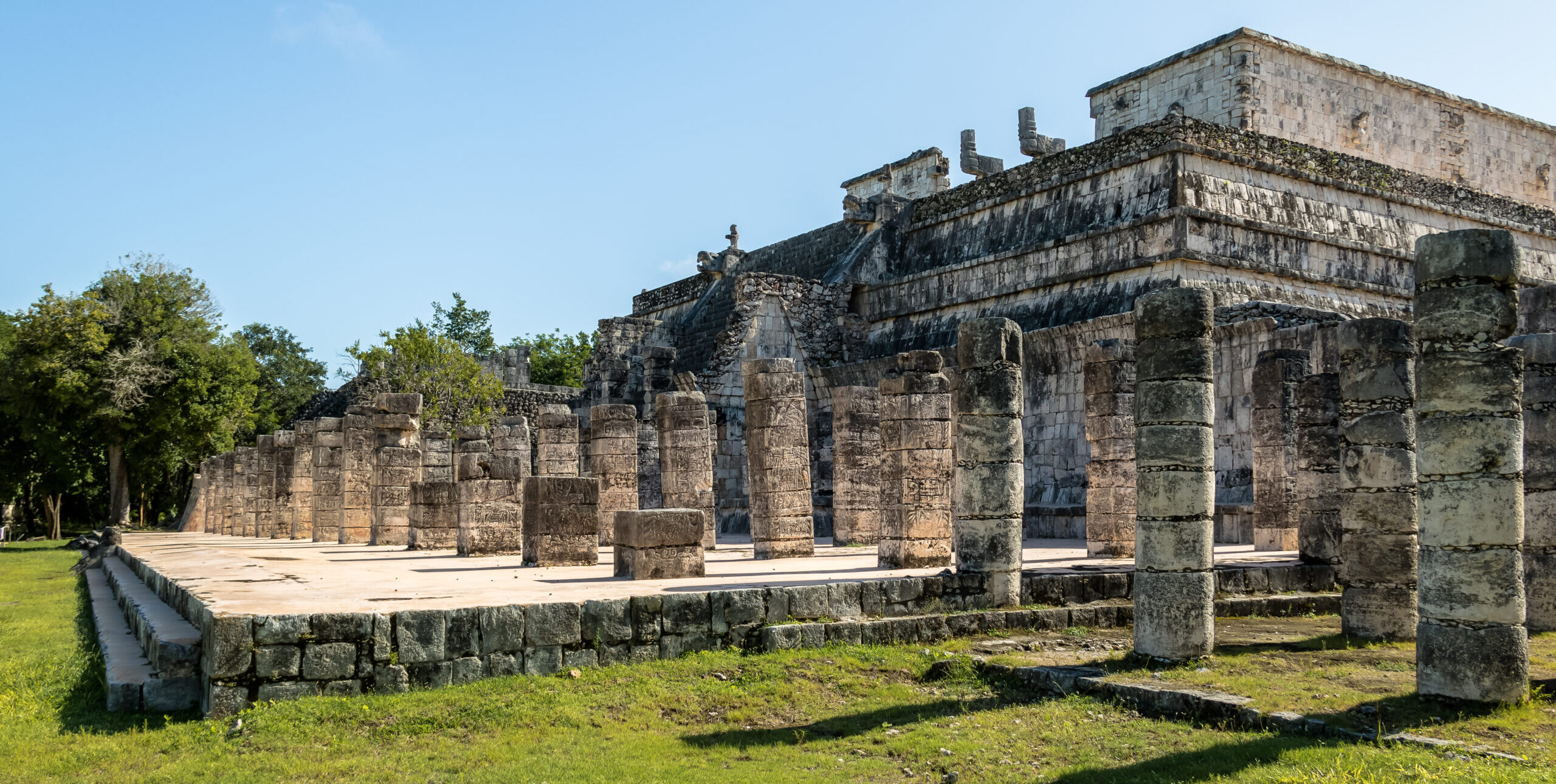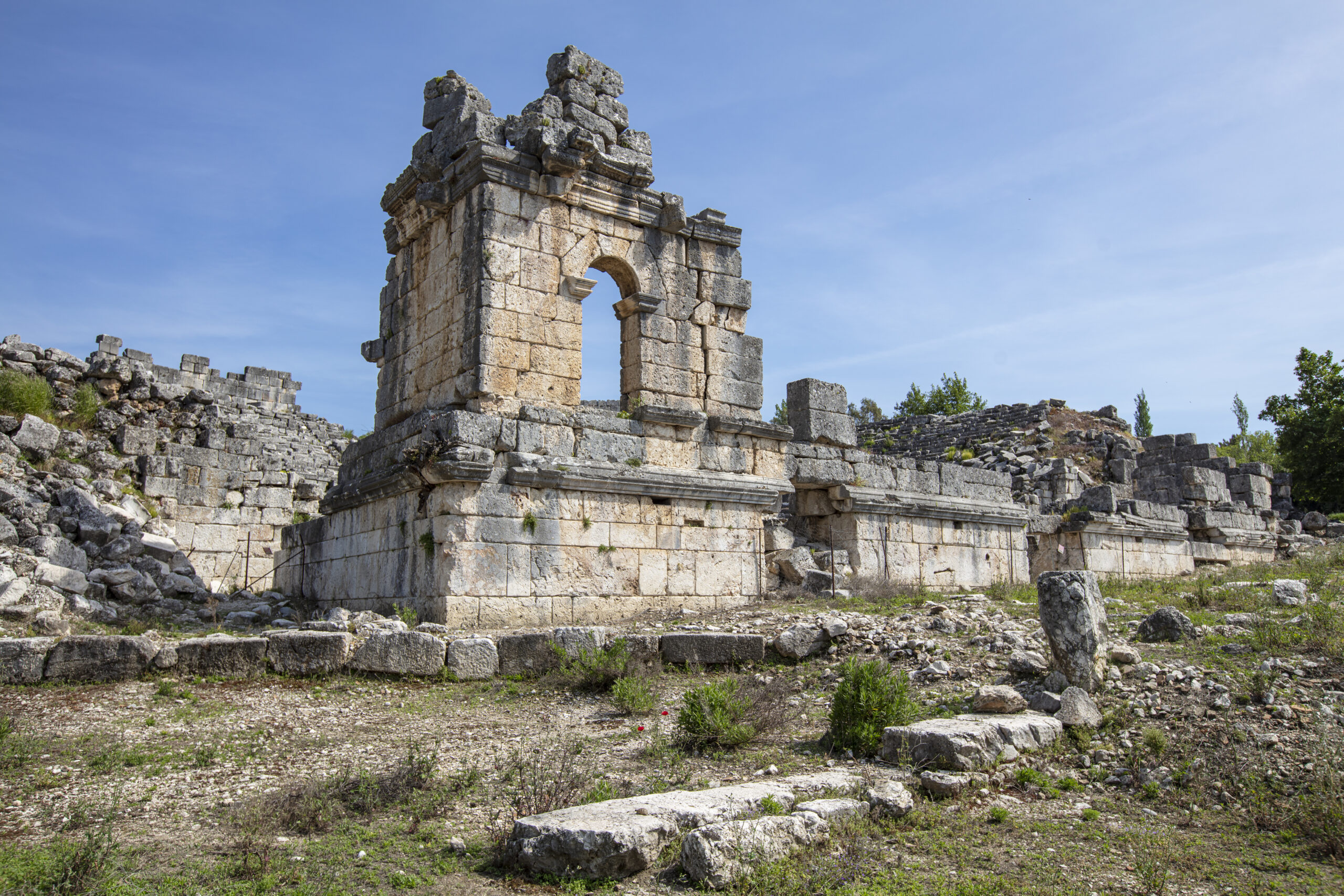Exploring The Temples And Traditions Of Central
- by WandersWise
- 21 de March de 2025
The ancient stones tell stories here. In the heart of Central America, where verdant rainforests give way to magnificent stone pyramids and plazas, millennia of human history stand in silent testimony to civilizations that once thrived in these lands. From Guatemala’s towering Tikal to Honduras’ mesmerizing Copán, the Mayan temples of Central America offer more than just spectacular architecture—they provide profound connections to living traditions that continue to shape the region’s cultural identity.
Ancient Wonders in Living Landscapes
My journey began at sunrise in Guatemala’s Tikal National Park, where the calls of howler monkeys echoed through the misty canopy as first light touched Temple IV’s limestone peak. Standing 70 meters tall, this imposing structure has dominated the rainforest for over 1,300 years. As I climbed wooden stairs alongside the ancient stonework, spider monkeys swung through nearby ceiba trees—the sacred world trees of Maya cosmology—creating an experience where natural and cultural heritage merged seamlessly.
“The ancient Maya didn’t separate their monuments from the natural world,” explained my guide Carlos, a descendant of the Q’eqchi’ Maya people. “These temples were built in harmony with the landscape, aligned with celestial movements and integrated into the forest ecosystem.”
This relationship between architecture and environment becomes immediately apparent when exploring Central America’s archaeological sites. At El Mirador in Guatemala’s remote Petén region, the massive La Danta pyramid complex rises organically from the jungle floor, its limestone blocks reclaimed by strangling fig trees and bromeliads, yet still maintaining its essential power and presence.

Living Traditions Amid Ancient Stones
What distinguishes Central America’s archaeological wonders from those in other parts of the world is the continuing presence of Maya peoples who maintain spiritual connections to these ancestral places. At Chichicastenango in Guatemala’s western highlands, I witnessed how pre-Columbian traditions blend with Catholic practices at the whitewashed church of Santo Tomás, built atop a pre-Hispanic temple platform.
Indigenous spiritual leaders performed ancient rituals with copal incense and candles arranged according to the Maya calendar, while nearby, families in traditional handwoven textiles prayed inside the church. “We practice both ways,” explained Doña Lucía, a local weaver. “Our ancestors’ wisdom continues alongside the newer traditions—they are not in conflict but in conversation.”
This cultural resilience appears throughout the region. In Copán, Honduras, where exquisitely carved stelae depict ancient rulers amid hieroglyphic texts, local Ch’orti’ Maya communities maintain agricultural practices based on traditional knowledge. During my visit, I met farmers who still plant according to the ancient Maya calendar and offer prayers for rain and harvest much as their ancestors did when Copán was a thriving royal center.

Beyond the Tourist Trail
While Tikal and Copán deservedly attract international visitors, some of Central America’s most profound cultural experiences lie beyond the established tourist circuit. In El Salvador’s Joya de Cerén—the “Pompeii of the Americas”—perfectly preserved agricultural fields and humble dwellings provide insights into everyday life of ordinary Maya people before volcanic ash entombed the village in 600 CE.
In Belize’s remote Toledo District, I spent time in modern Maya villages where traditional healers continue to use medicinal plants documented in ancient texts, and where cacao—once considered the food of the gods—is still prepared using traditional methods for ceremonial purposes.
“Many travelers see only the grand temples,” observed Don Mateo, a Q’eqchi’ cacao farmer. “But our greatest heritage is in how we live each day—our languages, our food, our ceremonies. These continue despite everything our people have faced.”

Sacred Geography in Modern Nations
Central America’s pre-Columbian heritage transcends modern national borders, creating a regional cultural landscape that unites rather than divides. The ancient Maya world stretched across what today encompasses southern Mexico, Guatemala, Belize, Honduras, and El Salvador—political boundaries that mean little when understanding the shared cultural heritage.
This became evident when visiting the tri-national area around Lake Atitlán in Guatemala, where contemporary Maya communities speaking different languages (Kaqchikel, Tz’utujil, and K’iche’) maintain distinct identities while sharing fundamental spiritual concepts. Sacred mountains surrounding the volcanic lake serve as pilgrimage sites, just as they did centuries ago when the region functioned as an integrated cultural landscape.
Cultural Preservation Amid Modern Challenges
Throughout Central America, efforts to preserve both monumental heritage and living traditions face considerable challenges, from climate change impacts on ancient structures to economic pressures that threaten indigenous languages and practices.
At Xunantunich in western Belize, conservators work diligently to protect elaborately carved friezes from increasingly severe weather. Meanwhile, community-based cultural revitalization programs teach younger generations traditional crafts, agricultural methods, and spiritual practices that might otherwise be lost.
“Our challenge is finding balance,” explained Margarita, a cultural heritage specialist in Antigua, Guatemala. “We must protect the physical monuments while ensuring indigenous communities benefit from tourism and maintain authority over their cultural expressions.”

Final Reflections
As sunset painted Tikal’s limestone temples in golden light on my final evening, I watched specialized swifts dive into the ancient structure’s crevices—their homes now embedded in monuments to human ingenuity. A group of Maya visitors from a nearby village quietly performed a blessing ceremony in a corner of the plaza, their whispered prayers in Q’eqchi’ floating up toward the darkening sky.
In that moment, Central America’s unique cultural landscape revealed itself not as a relic of history but as a continuing conversation between past and present. The temples remain not just as tourist attractions but as anchors for living traditions that have survived conquest, colonization, civil wars, and globalization.
For travelers willing to approach these places with respect and openness, Central America offers a profound opportunity to witness not just archaeological wonders but the resilience of cultural traditions that continue to evolve while honoring ancient roots—a testament to the enduring power of human heritage expressed through both monumental stone and daily acts of cultural continuity.
Travel Tips:
- Respectful Observation: When witnessing traditional ceremonies or visiting active religious sites, ask permission before photographing and observe quietly from a respectful distance.
- Local Guides: Engaging guides from local indigenous communities provides deeper cultural insights and ensures tourism benefits reach local people.
- Beyond Monuments: Balance visits to major archaeological sites with experiences in living communities through homestays, traditional cooking classes, or craft workshops.
- Timing Matters: The winter dry season (November-April) offers the most comfortable conditions for exploring archaeological sites, while timing visits to coincide with traditional festivals provides insights into living heritage.
- Language Appreciation: Learning even a few phrases in local Maya languages like K’iche’, Kaqchikel, or Q’eqchi’ demonstrates respect for living cultures beyond their archaeological past.








